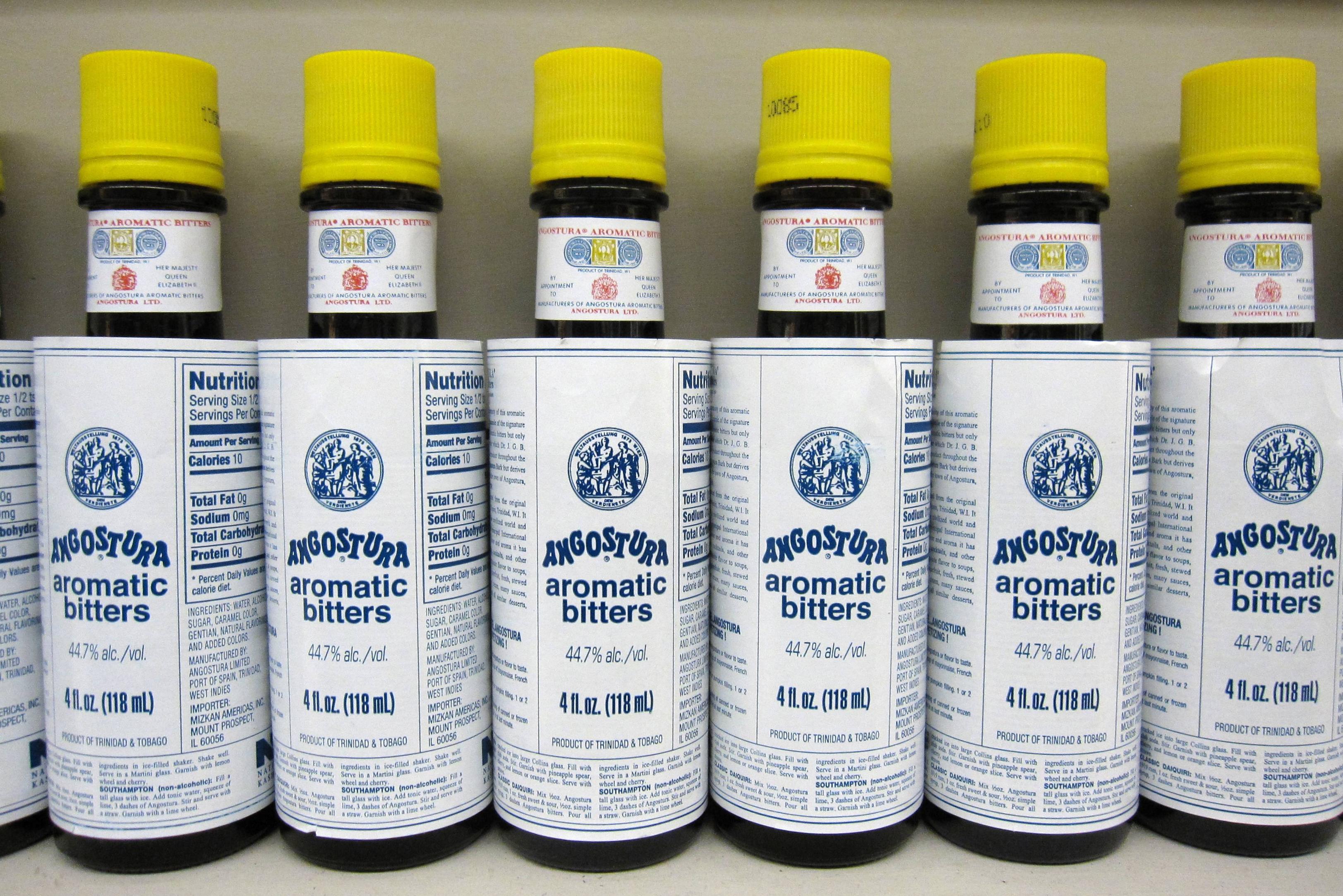
It doesn't matter if you are a chef or not, but you might be curious what your wages will be. Chef salaries vary depending on where they work and the job. There are many things you can do that will increase your chances of earning good wages. You can start by considering the different job types you can apply for and the education level you may have. The US Bureau of Labor Statistics provides a number of resources to help you determine what chefs are earning in each state.
The highest salaries are usually earned by chefs who work in full service restaurants. In May 2021, chefs and head chef earned a median annual salary of $50,160. The average wage for chefs who work in hotels or motels is $47.350. Chefs who work full-time receive paid days off, sick time and major medical insurance. These chefs often also receive retirement benefits.

Limited-service restaurants have the lowest-paid chefs, and head cooks. In 2018, the 10 percent who earned less than $23,260 were the least well-paid. This pay gap will not close any time soon. But chefs can still move up the food service ladder if they have a lot of experience. This is because chefs need to be able demonstrate business acumen as well as understanding of labor.
In terms of education, chefs can have a bachelor's degree and others an associate's degree. Higher salaries are likely to be earned by chefs who have a college diploma. Zippia's database actually shows that 27% have a bachelor’s degree or more.
The Bureau of Labor Statistics predicts that between 2016 and 2026, the number of chefs will rise by 10%. This is more than the growth in food preparation supervisors. Chefs' salaries are determined by many factors including education, experience, and geographic location. Good chefs will earn a high salary if they enjoy their work. However, the amount of money they earn depends on how much they work, the level of responsibility they have, and the location they work in.
Although chef wages can vary by region, the national median for chefs is $51,960. This means that chefs in certain states, like Louisiana, Nevada, and Mississippi, make more than the national average. However, there are also states where chefs earn less than the national average. Kansas, Arizona, Oregon and other states have chefs who earn less that the average wage.

According to the Bureau of Labor Statistics, chef salaries are highly dependent on the industry they work in. For example, the highest-paid chefs work in full-service restaurants, while the lowest-paid chefs work in restaurants that provide food for recreational purposes. The level of pay for chefs and head cooks varies by region, but chefs in Natchitoches, Louisiana, earned the highest wages.
FAQ
What kind of ice do bartenders put in drinks?
The type of drink being mixed by bartenders will determine the type of ice they use. Cubed ice is used for most drinks, while crushed ice is used for shakes and other non-carbonated drinks.
What is the difference in a Manhattan and a martini, exactly?
To make a martini, you add gin to vermouth. You can make a Manhattan by adding whiskey to sweet Vermouth. Both drinks are served chilled.
There are many kinds of liquors.
There are hundreds and thousands of different types of liquor. Some of these liquors are distilled spirits, such as vodka, whiskey, and Tequila. Other liquors are flavored liquors, such as amaretto or apricot brandsy. There are also cordials and fruit wines.
What's the best pairing for a martini glass?
There are many options for what you can put in your martini glass. Here are some ideas:
-
Olives
-
Lemon slices
-
Maraschino cherries
-
Peanuts
-
Cheese cubes
-
Pickles
-
Caviar
-
Grapes
-
Strawberries
-
Ice cream
-
Shrimp
-
Crabmeat
-
Oysters
-
Sushi rolls
-
Bacon bits
-
Hard-boiled eggs
-
Cocktail onions
How can you tell if a beverage is strong?
A stronger drink contains more alcohol than a weaker one. Proof is a measure of how much alcohol is in a drink. One proof is one part alcohol for every 100g of grain alcohol volume. So a 12 oz. A bottle of wine would have ten proofs and a 16-ounce bottle would have sixteen. beer would be 13proofs and a 40oz. 45 proofs would be the bottle of Scotch.
How long does it take you to make frozen cocktails from scratch?
It depends on the number of cocktails you are making. For example, 12 cocktails can take about 20 minutes. For 24 cocktails it will take you 40 minutes.
Why do people love to mix drinks?
Mixing drinks is an exciting way to discover new flavors. You can create your own unique combinations by mixing different flavors.
Statistics
- its content makes it 10.5%, which is far less than wine. (breakingtheboredom.com)
- American blended whiskeys are so inexpensive because they only have to contain 20 percent whiskey; the rest can be made up of neutral grain spirits, colorings, and flavorings. (mashed.com)
- with a light percentage of 4.2% or any with a light percentage of 4.2% or any Coors/Bud/Miller Lite, which also is 4.2% (breakingtheboredom.com)
- The tequila should be 100 percent agave, not the cheaper “mixto” products, which blend a minimum of 51 percent agave with other sugars. (cooking.nytimes.com)
External Links
How To
How to make a delicious martini
A martini (or vodka) is made of gin, vermouth, ice and other ingredients. Before you serve, mix all the ingredients well. It is best served chilled in a glass. A good martini should always be served straight up. Mixing it with anything else will ruin its taste.
The most common way to serve a martini is with two olives on top. Olive brine can be added to the rim of the glass to enhance the flavor.
It doesn't matter what type of alcohol you use, but 100% grain alcohol is preferred like Vodka. This gives the cocktail smoother texture. There are many kinds of vermouths. However, we recommend choosing one that doesn't contain added sugar. Too much sugar makes cocktails too sweet.
Make a martini by adding 2 ounces of dry Vermouth to a shaker. Add 1 ounce of vodka. Combine all ingredients in a shaker until smooth. Pour into a chilled martini glass and garnish with an olive.
Make a martini recipe using a shaker. Do not shake the mixture more than necessary to mix all the ingredients.